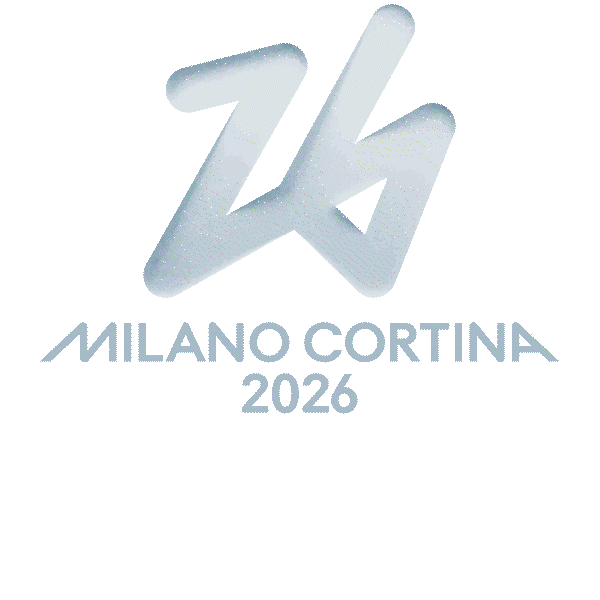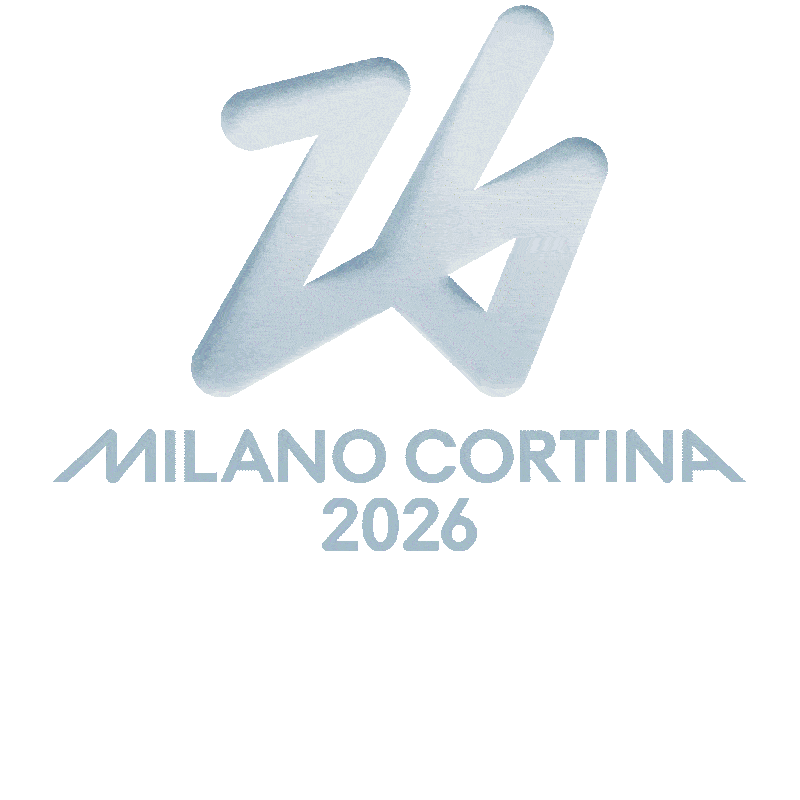
Para Ice Hockey
Developed in Stockholm in the 1960s, this is a quick, spectacular team sport. It entered the Paralympic programme in Lillehammer in 1994, becoming one of the most popular public events. As we look forward to Milano Cortina 2026, here is everything you need to know about this sport.
Competitions
Para ice hockey is a team sport played by athletes with a physical disability in the lower limbs. Each game is played by two teams that try to make the most goals, shooting a disk called a ‘puck’ into the opposing goal. Each team has six players on the ice (including the goalie).
The players use sledges with two blades and two sticks to push themselves and handle the puck. Para ice hockey games consist of three periods of 15 minutes each.
At Milano Cortina 2026, para ice hockey events will take place at the Palaitalia Santa Giulia in Milano.
Origins
Para ice hockey dates back to the 1960s, when two Swedish men who refused to stop playing hockey despite their physical disabilities designed a special sledge che permetteva al disco di passare sotto. They added two round poles with bicycle handles for the sticks. The sledges were later improved for use in Para ice hockey. The sport grew in popularity and by 1969, Stockholm had a five-team championship including players with physical disabilities and non-disabled players.
That same year, Stockholm hosted the first international Para ice hockey game between a local club team and one from Oslo, Norway. In the 1970s, teams from these two countries faced off once or twice a year. Many other countries began forming teams, including Great Britain (1981), Canada (1982), the United States (1990), Estonia and Japan (1993). Two Swedish national teams played an exhibition game at the 1976 Örnsköldsvik Winter Paralympics in Sweden.
Since then, several nations have developed Para ice hockey teams. Sledge hockey made its debut at the Winter Paralympics in 1994, with Sweden clinching the first gold medal. It has become one of the most popular events at the Winter Paralympics.
On November 30, 2016, the International Paralympic Committee announced that the sport would now be referred to as ‘Para ice hockey’. As a result, its governing body was renamed World Para Ice Hockey.
Olympic History
The sport made its debut in the Paralympic programme at the Lillehammer Games in 1994, and the men's team from Sweden was the first to win gold medal. Since 2010, Para ice hockey has been a mixed gender event.
Equipment
Protective gear: Because of the physical nature of the game, all players must wear a helmet with cage or full face mask. Players are also encouraged to wear protective padding, including shoulder pads, shin guards, elbow pads and oversized padded gloves.
Puck: Made of vulcanized rubber or other approved material, the puck is 2.54 cm thick, 7.62 cm in diameter, and weighs between 156 and 170 grams.
Sledge: Made of aluminium or steel, the sledges have a minimum length of 80 cm, a curved front end, and a seating system called a bucket. The sledge rests on two blades that are 3 mm thick and usually made of tempered steel. The puck must be able to pass under the sledge. The main frame must be between 8.5 and 9.5 cm above the ice, and the blade length must not exceed one-third of the total length of the sledge. The sledge can have a backrest, but it must not protrude beyond the armpits when the player is properly seated. Straps are used to secure the player's feet, ankles, knees, and hips to the sledge.
Stick: In Para ice hockey, players use two sticks to allow the player to shoot and handle the puck with both hands. Each stick has a maximum length of 1 m and the blade has a maximum length of 32 cm, except for the goalie's, which has a maximum length of 39 cm. The end of the stick, which is used to push off, must not damage the surface of the ice or inadvertently poke or cut other players.
Curiosities about Italian Champions
FAQ
Here are the answers to your questions.
Which nations have won the most medals at the Paralympic Games?
Who is the best Paralympic athlete in the world?
Dove si svolgeranno le competizioni di Para ice hockey di Milano Cortina 2026?
Discover the Other Sports
History, curiosities and the rules of all the other Paralympic disciplines planned for Milano Cortina 2026
































































































